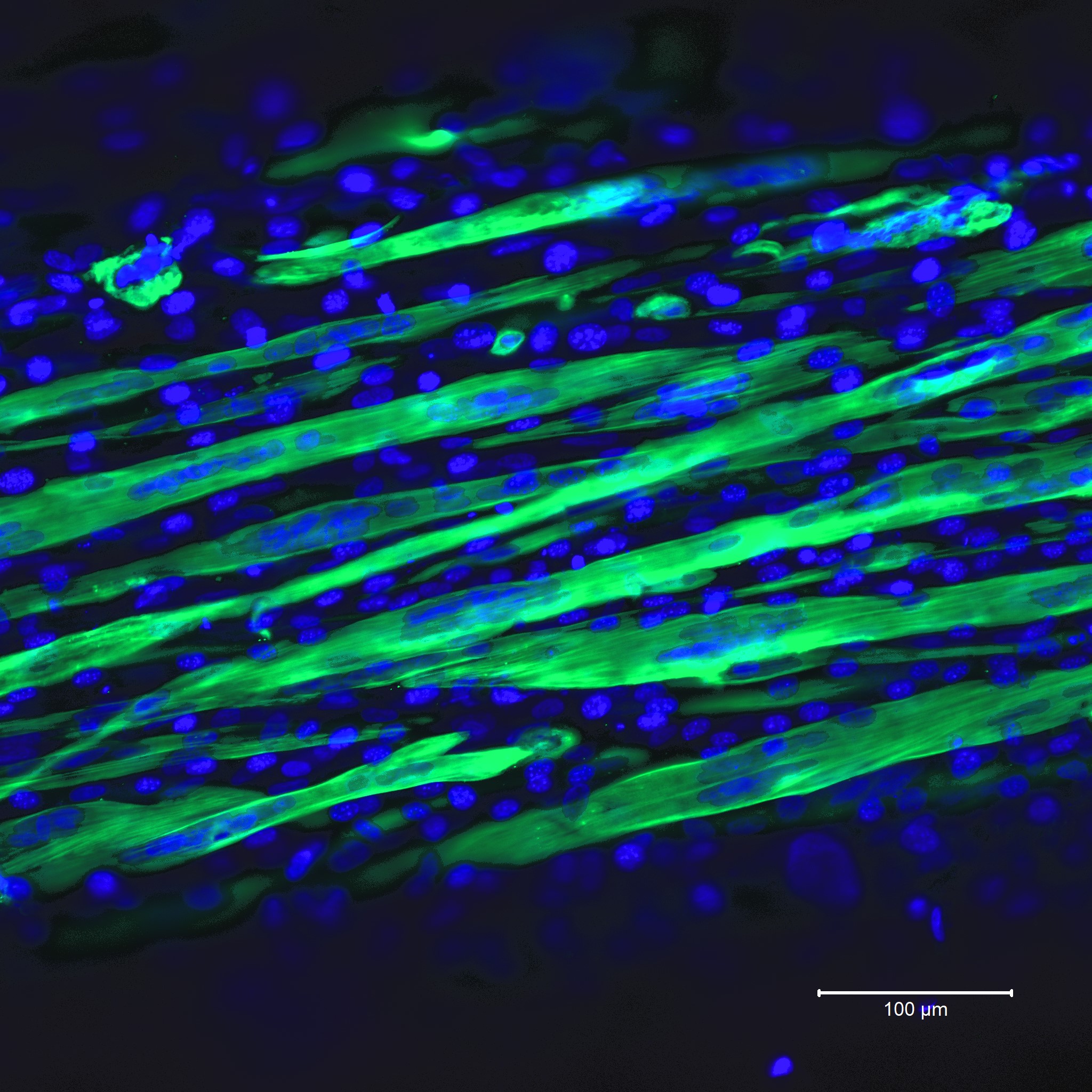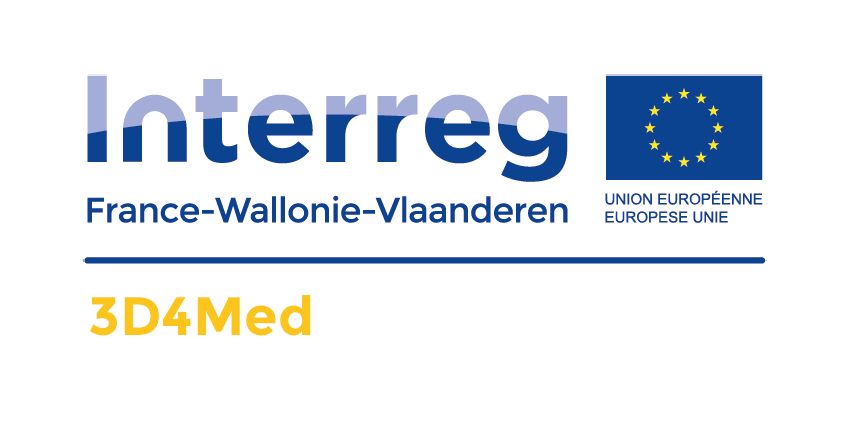3D4med
printing of polymer implants for biomedical applications
The aging of the population leads to a growing need for new tissue repairing technologies to substitute defective organs. Currently, tissue repairing is performed either by autologous grafts or by transplantation from deceased donors causing problems of immune rejection of organs. In addition, the low availability of donor organs is no longer in line with ever-increasing demand of new tissues.
The main challenge of tissue engineering is the overcoming of the problems of organ shortages by providing surgeons with functional substitutes as developed in vitro. The principle is based on:
- The personalized development of temporary polymer matrices with minimal inflammatory issues that would allow cell colonization within its architecture during degradation and in fine the formation of the target tissue
- The biocompatibility of the polymers used in the elaboration of the tissue
- The structural characteristics (porosity / interconnectivity of pores) as well as the mechanical properties (elasticity / resistance) play a key role in cell development and tissue integration
In this joint-PhD project novel biocompatible materials will be used to develop 3D polymer scaffolds for skeletal muscle tissue engineering. These organ constructs can overcome the problem of organ donor shortage and immune rejection upon transplantation.


